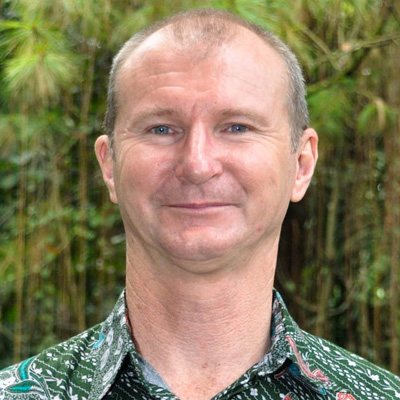
The Mekong Delta is home to the largest expanse of mangroves in Viet Nam but is also highly vulnerable to the twin effects of the climate crisis and coastal development, given its proximity to Ho Chi Minh City.
The Delta is facing a high risk of much of its area being inundated from rises in sea level. If the level was to rise by 100 cm, nearly 40% of the Delta would be submerged, with around 10% of its population affected by loss of land, intrusion of salt water, droughts, a substantial decrease in the area available for cultivating rice, reduced biodiversity and forests with changes to low-lying ecosystems in and along rivers, and reduced supply of fresh water and water quality, leading to a reduction in GDP of 10%.
Mangroves not only play important roles in mitigating, and adapting to, the climate crisis but also provide natural, social, human, financial and physical capital for local livelihoods. However, mangroves in the Delta are facing significant pressures from multiple drivers, such as aquaculture, weak enforcement of policies, lack of financial incentives, urbanisation and poor site selection.
The total area of mangroves in the Delta decreased from 185,800 hectares in 1973 to 102,160 in 2020 at a rate of approximately 2150 hectares a year owing to aquaculture expansion and 430 hectares a year owing to erosion.
Viet Nam has committed to restore mangroves as a key mitigation measure. However, many researchers have warned that restoration of mangroves in the Delta is challenging owing to the challenges mentioned above.
To address these challenges, a research team has used a range of approaches to identify potential sites for restoring mangroves; examined policies and planning; considered possibilities for natural regeneration; compiled stakeholders’ perceptions; and noted the opportunities and challenges facing mangroves in the Delta.
“Viet Nam’s Nationally Determined Contribution update of 2022, as well as forestry and sectoral policies, position mangrove restoration as a national priority for mitigating climate change and achieving sustainable coastal development,” said Pham Thu Thuy, lead author of the occasional paper that details the team’s work and a senior scientist who heads the Climate Change, Energy and Low-Carbon Development team at CIFOR-ICRAF.
Mangrove restoration is a complex undertaking that requires political, social, economic and biophysical enabling conditions, write the team. Restoration should be conducted on the basis of local knowledge and expertise and involve participatory decision-making.
“Our findings show most provinces in the Delta have low or medium potential for restoration because of the unfavourable conditions, such as serious erosion or coastal squeeze,” said Pham. “According to 80% of people participating in our survey, the areas with the highest potential for restoration are those with mudflats because of their high capacity for natural regeneration. Fifty percent felt that areas with mudflats or permanent embankments, such as dikes, had the highest potential for restoration.”
Government, meanwhile, has identified production forest areas as potential restoration sites. The surveyed interviewees disagreed, arguing that aquaculture in such areas meant there was little or no potential for restoration because there were no strong financial incentives or sustainable livelihoods’ models for increasing the area of mangroves around shrimp ponds.
“This holds true overall,” said Pham. “We identified a small increase in the total area under mangroves in the Delta during 2016–2020 but this increase was mostly because of some projects planting or restoring and some sectoral policies on improving water discharge and reducing environmental and water pollution.”
The increases varied widely and the majority of districts across all nine Delta provinces experienced losses. The increases were in provinces with the strong international and national programmes for restoration, suggesting the importance of financial and technical support.
The team found that there were large areas of land allocated for forestry that could potentially be used for restoration of mangroves. However, these areas require close assessment to make sure that their conditions are appropriate.
“Our study focused mainly on policies, planning and stakeholders’ perceptions of potential sites for mangrove restoration,” said Pham. “Validating these perceptions will require rigorous impact assessments and further studies to offer reliable scientific evidence on what works best, where and when.”
We want you to share Forests News content, which is licensed under Creative Commons Attribution-NonCommercial-ShareAlike 4.0 International (CC BY-NC-SA 4.0). This means you are free to redistribute our material for non-commercial purposes. All we ask is that you give Forests News appropriate credit and link to the original Forests News content, indicate if changes were made, and distribute your contributions under the same Creative Commons license. You must notify Forests News if you repost, reprint or reuse our materials by contacting forestsnews@cifor-icraf.org.












